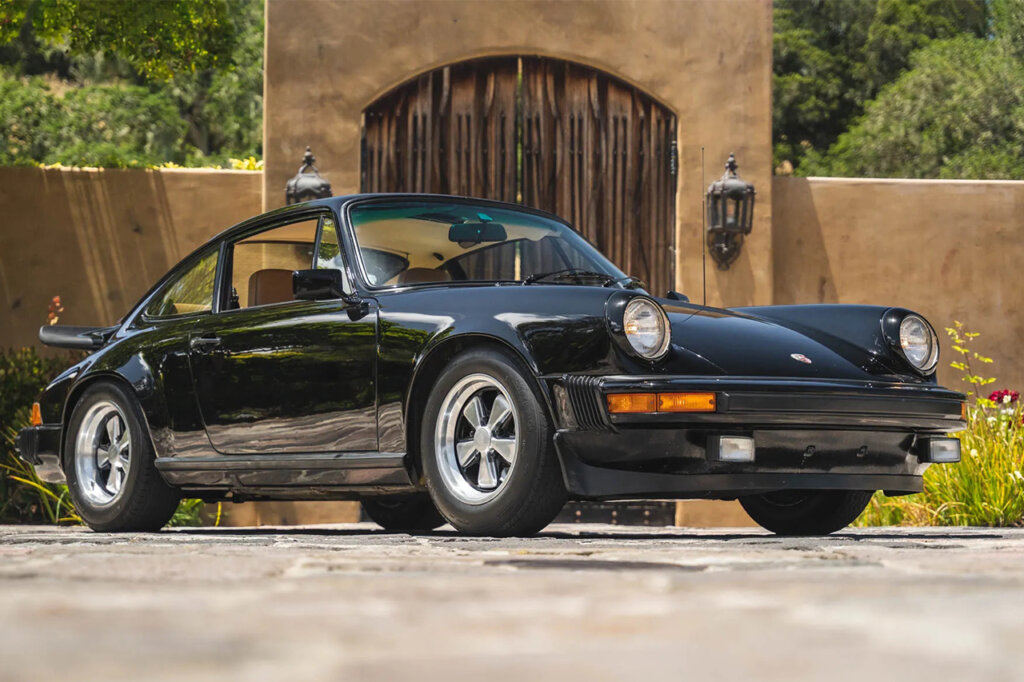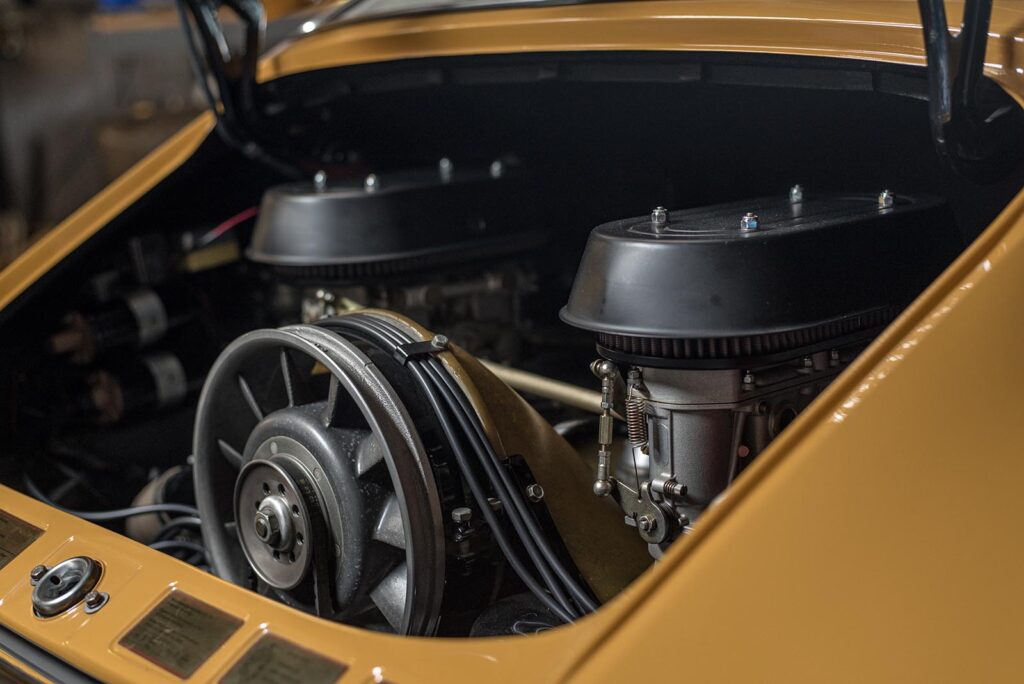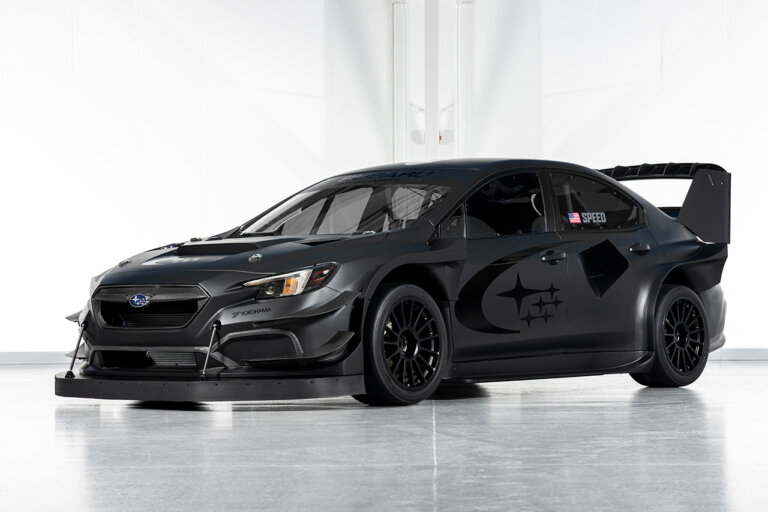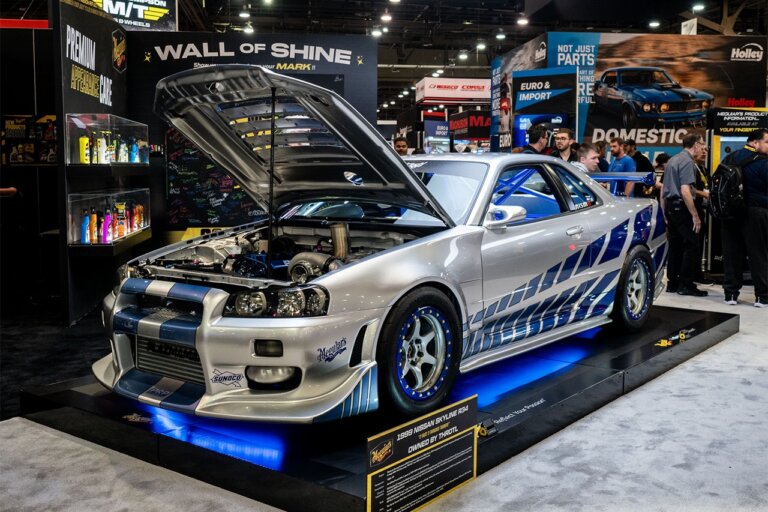The Porsche 911 and Porsche 912, both iconic sports cars, possess distinctive engine specifications, each contributing to their unique character. Let’s explore the heart of these celebrated vehicles and analyze the key features that set them apart.


The Porsche 911, renowned for its timeless design and outstanding performance, boasts a remarkable engineering marvel under its hood. In its first-generation (1964-1989), the 911 was equipped with a 2.0-liter air-cooled flat-six engine. This powerplant churned out approximately 130 horsepower, and as time progressed, its power underwent a series of evolutionary improvements.

Source: Bring-A-Trailer
In stark contrast, the Porsche 912, although sharing design similarities with the 911, took a different approach when it came to its engine. The original 1965 model came equipped with a 1.6-liter engine, capable of delivering 90 horsepower. This power was sufficient to propel the car from 0-60 mph in approximately 11 seconds. Subsequent 912 models featured a slightly larger 2.0-liter engine with a more robust power output of up to 102 horsepower, reducing the 0-60 mph time to around 9 seconds.

Source: Motofutura
When we compare these two models, we find distinct differences in their engine specifications. The Porsche 911, with its 6-cylinder engine and various turbocharged versions, offered a spectrum of power and performance configurations. In contrast, the Porsche 912, although less potent, focused on delivering a well-balanced driving experience with affordability as a defining characteristic.









